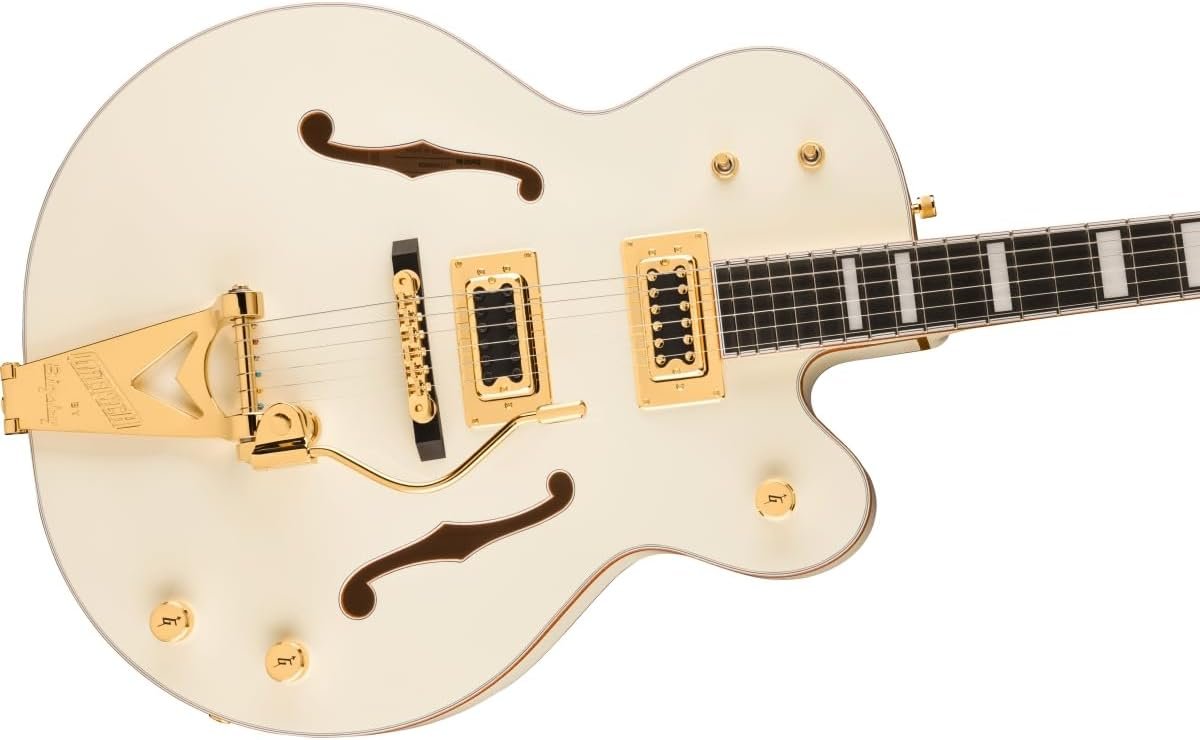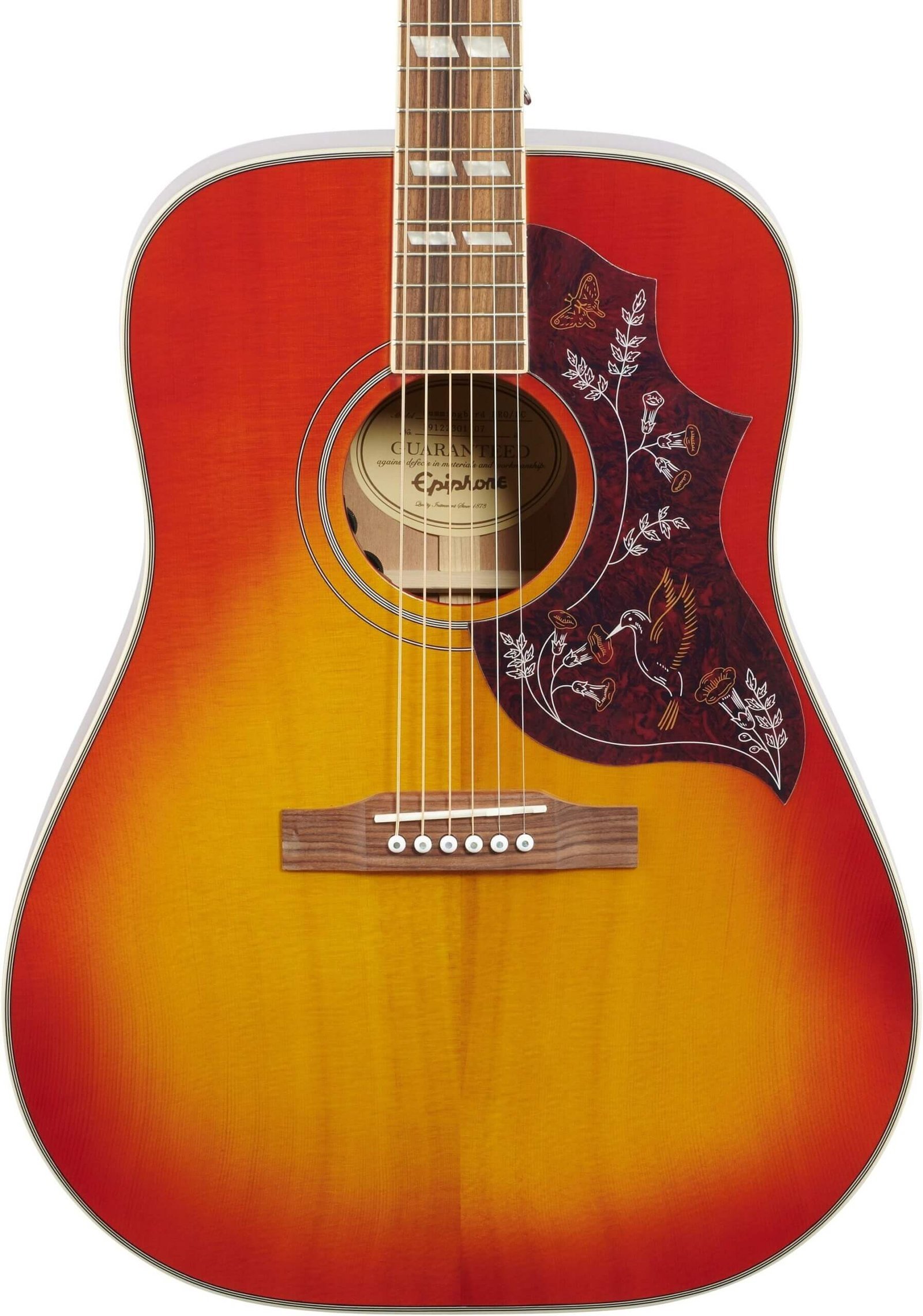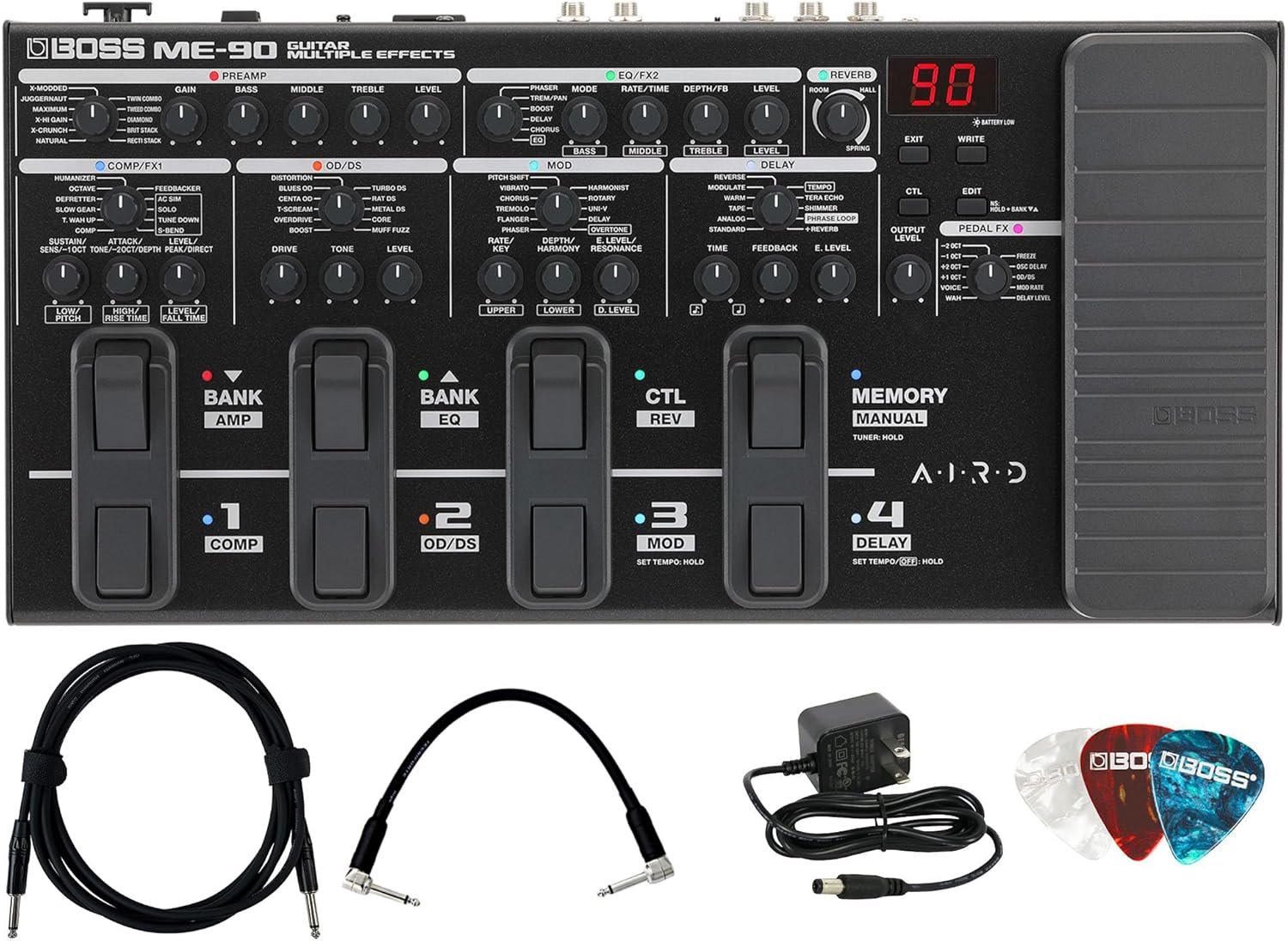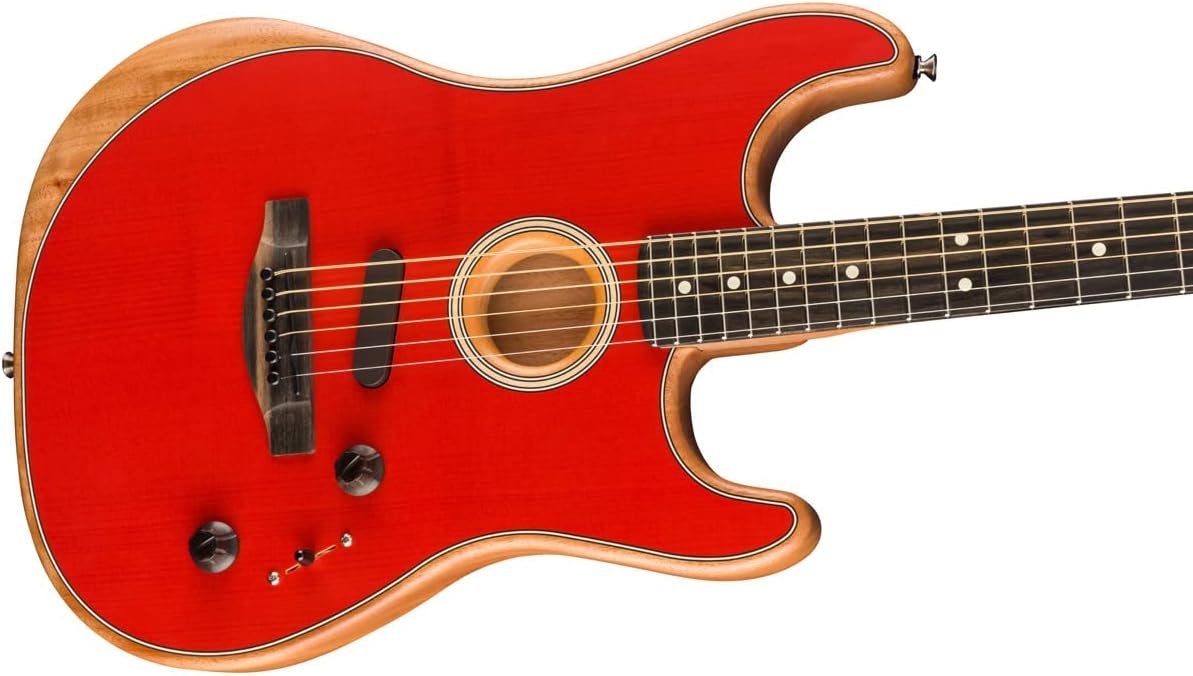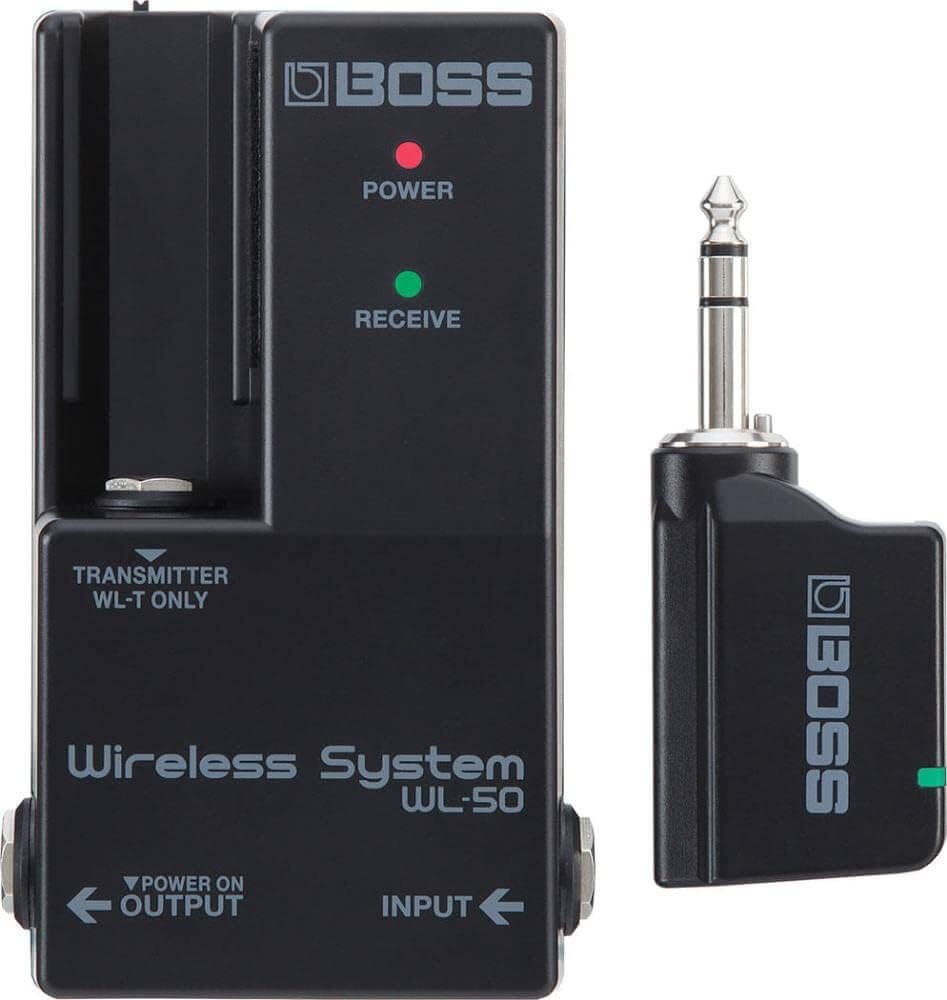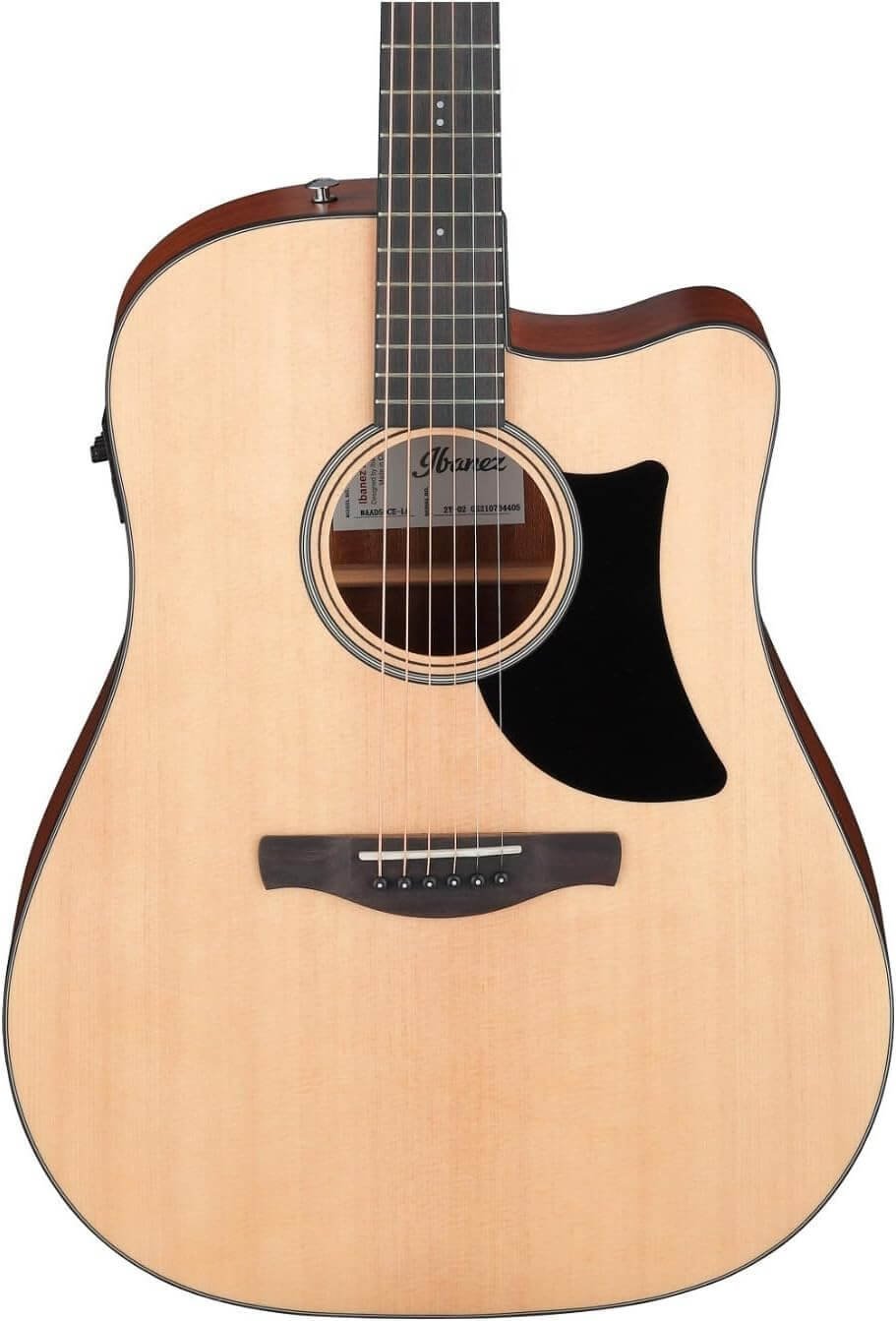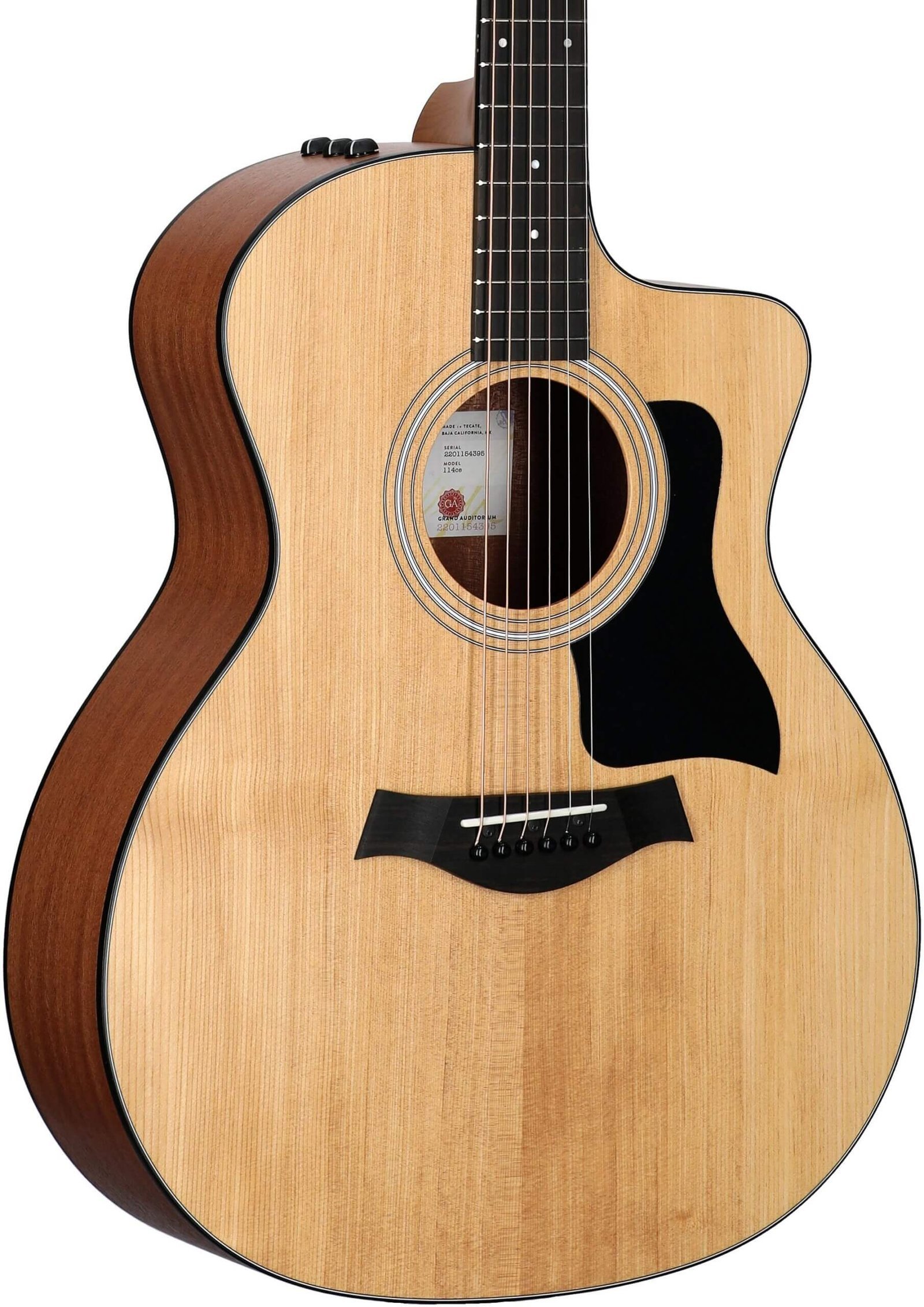Introduction to the Epiphone Hummingbird Studio
The Epiphone Hummingbird Studio
Acoustic-Electric Guitar, Faded Cherry, is a remarkable instrument that has secured its place in the pantheon of quality guitars manufactured by Epiphone. Known for its rich history and significant contributions to the music industry, Epiphone has produced a variety of acoustic and electric instruments that cater to musicians of all levels. The Hummingbird Studio, in particular, is celebrated for its blend of visual aesthetics, robust construction, and superior sound quality, making it a favored choice among both professional and aspiring musicians.
Designed with an elegant Faded Cherry finish, the Hummingbird Studio stands out visually, exuding a vintage charm that appeals to players and collectors alike. This model draws on the timeless design cues of its predecessors while incorporating modern innovations that enhance playability and tonal versatility. The iconic Hummingbird shape provides a balanced sound projection that is particularly effective for fingerpicking and strumming, making it highly versatile for various musical styles ranging from folk to rock.
One of the factors contributing to the popularity of the Epiphone Hummingbird Studio Acoustic-Electric Guitar is its emphasis on sound quality. Equipped with premium tonewoods, this guitar delivers a warm, resonant tone that captivates audiences in both live performances and studio recordings. Furthermore, the inclusion of an acoustic-electric setup allows musicians to easily amplify their sound while retaining the natural acoustic characteristics that the Hummingbird is renowned for. These features make it a valuable instrument for players seeking reliability and excellence in their craft.
Historical Background of the Hummingbird Series
The Hummingbird series of guitars has a rich heritage that dates back to the early 1960s, marking its introduction by Epiphone as an innovative model designed for musicians seeking a blend of craftsmanship and aesthetic appeal. Launched during a period when folk and rock music were gaining significant prominence, the original Hummingbird quickly became synonymous with artists who embraced its vibrant tone and striking visual presentation. The model’s distinctive features, including its unique pickguard design and intricate detailing, helped it stand out among contemporaries, establishing its reputation in the music industry.
Throughout the decades, the Hummingbird has been favored by numerous renowned musicians, including the legendary Johnny Cash and Bob Dylan. Their use of the Hummingbird in recordings and live performances helped solidify the guitar’s status as an icon within folk and rock circles. The instrument’s versatility made it suitable for various genres, allowing it to remain relevant as musical styles evolved. As the popularity of the original model continued to thrive, Epiphone recognized the demand for enhanced functionality, leading to the introduction of the epiphone hummingbird studio acoustic-electric guitar.
This iteration brought about modern innovations, expanding the series’ appeal to a wider range of musicians. The addition of built-in electronics in the Studio version facilitated seamless amplification without compromising the traditional acoustic sound. Notably, the Hummingbird’s evolution reflects broader trends in the music industry, as artists sought instruments that could adapt to diverse performance contexts. Today, the Hummingbird series, particularly the acoustic-electric variant, maintains its legacy while catering to both traditionalists and contemporary performers who appreciate its timeless charm and performance reliability.
Specifications and Features
The Epiphone Hummingbird Studio Acoustic-Electric Guitar is an exemplary instrument that beautifully integrates both traditional craftsmanship and modern technology. One of the standout features is the body shape, which is a classic square-shoulder dreadnought design, offering a rich and resonant sound. The choice of wood significantly impacts tonal quality, and the Hummingbird Studio is crafted from solid Sitka spruce for the top, which provides a balanced tone with clarity and projection. The back and sides are made from mahogany, contributing warmth and depth to the sound profile.
Moving to the fingerboard, this guitar features a laurel fingerboard, enhancing playability while adding a touch of elegance with its smooth finish. The fretboard also includes 20 medium frets, allowing for smooth transitions across the neck and enabling players to explore various techniques effortlessly. The neck is constructed from mahogany, adding to the guitar’s lightweight design and enabling easy handling during performances.
One of the significant advantages of the Epiphone Hummingbird Studio Acoustic-Electric Guitar is its Fishman Sonitone pickup system. This system is designed for natural sound reproduction, capturing the guitar’s tonal nuances without compromising quality. Additionally, the integrated controls allow players to adjust volume and tone settings quickly, making it suitable for both studio recordings and live performances. This blend of traditional acoustic design with contemporary electronic capabilities sets the Hummingbird Studio apart from many other instruments on the market.
Overall, the specifications and features of the Epiphone Hummingbird Studio Acoustic-Electric Guitar make it a compelling choice for musicians seeking versatility and quality in their acoustic instrument.
Sound Quality and Performance
The Epiphone Hummingbird Studio Acoustic-Electric Guitar is renowned for its exceptional sound quality and performance, making it a notable choice for both aspiring musicians and seasoned artists. One of the defining attributes of this guitar is its rich tonal color, which emanates from its solid spruce top combined with mahogany back and sides. This combination not only contributes to a robust sound but also provides a warm, resonant tone that is both inviting and powerful.
In terms of projection, the Hummingbird Studio excels, allowing players to fill a room with sound effortlessly. Whether performing in intimate settings or larger venues, this guitar delivers a clear, balanced tone that stands out among other acoustic instruments. Musicians often highlight the guitar’s ability to maintain clarity across various frequencies, ensuring that both strumming and fingerpicking styles resonate beautifully. Many have likened the sound to that of a classic acoustic recording, reminiscent of legendary artists whose craftsmanship shaped the music landscape.
Playability is another area where the Hummingbird Studio shines. Its comfortable neck profile and smooth fretboard make it easy for players to navigate complex chord progressions and solos alike. The acoustic-electric feature, combined with top-notch Fishman electronics, makes this guitar adaptable for live performances and studio recordings. Musicians frequently praise the ability to plug in without compromising sound quality, allowing them to achieve an authentic acoustic tone even when amplified.
Overall, the Epiphone Hummingbird Studio Acoustic-Electric Guitar stands as a testament to high-quality craftsmanship, offering an impressive range of tonal characteristics that suit various styles. By combining exceptional sound quality, reliable performance, and ease of play, it becomes an indispensable tool for any guitarist looking to elevate their musical expression.
Design and Aesthetic Appeal
The Epiphone Hummingbird Studio Acoustic-Electric Guitar in Faded Cherry presents a striking visual appeal that captivates both musicians and admirers alike. The rich, warm hue of the Faded Cherry finish not only enhances its aesthetic charm but also embodies a sense of nostalgia and classic elegance. This particular color choice brings out the natural grain of the wood, allowing the guitar to stand out as a piece of art, rather than merely a musical instrument.
The body of the Hummingbird Studio is crafted in a dreadnought shape, which not only contributes to its robust sound projection but also accentuates its visual presence. The curves of the body are elegantly designed, offering a balanced silhouette that is both comfortable to hold and visually pleasing. The intricacies of the pickguard, adorned with a signature Hummingbird motif, adds a unique touch to the overall aesthetics, making it not only an instrument for playing but also a social statement.
Comparing the Hummingbird Studio with Other Models
The Epiphone Hummingbird Studio Acoustic-Electric Guitar stands out in the realm of acoustic instruments, but understanding how it compares to other models is essential for potential buyers. Within the Epiphone family, the Hummingbird series resonates with musicians due to its rich heritage and distinct visual appeal. Comparatively, models such as the Epiphone DR-100 and the EJ-200 also provide excellent quality, yet they serve slightly different purposes. The DR-100 is often recommended for beginners due to its affordability and straightforward features, while the EJ-200 is favored by players requiring a broader range of tonal qualities.
When evaluating price points, the Hummingbird Studio typically positions itself in the mid-range market for acoustic-electric guitars. It generally has a higher price tag than entry-level guitars but offers incredible value considering its build quality and sound projection. In contrast, guitars like the Fender CD-60S or Yamaha FG series offer similar features but may lack the distinctive aesthetic and tonal depth associated with the Hummingbird Studio. Additionally, while both of these brands provide solid options, the unique craftsmanship of the Hummingbird Studio may justify its price for discerning musicians.
In terms of sound quality, the Hummingbird Studio is celebrated for its warm tones and excellent projection. This guitar utilizes solid Sitka spruce for the top and mahogany for the body, resulting in a full-bodied sound that suits a variety of playing styles. While other models may produce competent sounds, the richness found in the Hummingbird Studio is often regarded as superior, making it a preferred choice for professional musicians and recording artists. The inclusion of electronics in this model also adds versatility for live performances, distinguishing it further from competitors lacking such features.
Understanding the nuances between the Epiphone Hummingbird Studio Acoustic-Electric Guitar and other models within the Epiphone family, or even from other brands, can empower players to make a wise choice tailored to their needs.
Who Should Consider the Hummingbird Studio?
The Epiphone Hummingbird Studio Acoustic-Electric Guitar stands out as an ideal instrument for a diverse range of musicians, whether they’re beginners exploring their passion for music or seasoned players seeking a reliable and versatile tool for performances. Its unique blend of aesthetics, sound quality, and playability makes it suitable for various skill levels and musical styles.
For beginner guitarists, the Hummingbird Studio offers an inviting introductory experience. The guitar’s comfortable body shape and smooth fretboard make it easy to grasp basic chords and develop finger dexterity. Additionally, its built-in electronics facilitate live performances or recording sessions, eliminating the need for external pickups. This feature allows novice players to focus on their techniques and musical expression without the added complexity of sound amplification.
Seasoned musicians will also find significant value in the Epiphone Hummingbird Studio. The rich tone produced by its solid spruce top and mahogany back appeals to singer-songwriters, folk musicians, and country players alike. Its tonal versatility enables players to explore various genres, from soft ballads to upbeat tracks. The guitar’s aesthetic appeal, characterized by its vivid faded cherry finish and classic pickguard, also makes it an attractive addition to stage performances.
With a natural fit for genres such as folk, rock, country, and blues, this guitar can seamlessly integrate into various musical scenarios. Whether in solo showcases, jam sessions with friends, or full band settings, the Hummingbird Studio can enhance any arrangement with its distinct sound. Musicians can confidently showcase their creativity, knowing they have a reliable instrument that offers both quality and beauty.
In conclusion, the Epiphone Hummingbird Studio Acoustic-Electric Guitar serves as a bridge for musicians at any skill level, providing remarkable sound and versatility that enriches any musical journey.
Care and Maintenance Tips
To ensure the longevity and optimal performance of your Epiphone Hummingbird Studio Acoustic-Electric Guitar, it is crucial to adopt a proper care and maintenance routine. Regular upkeep will not only enhance the instrument’s sound quality but also preserve its physical appearance. One of the first steps in maintaining your guitar is to keep it clean. After each use, gently wipe down the body, neck, and strings with a soft, dry cloth to remove moisture and oils from your hands. This simple task can prevent corrosion of the strings and buildup of grime on the guitar’s surface.
Additionally, it is advisable to use guitar-specific cleaning products for more thorough cleaning. For the body, opt for a polish designed especially for acoustic guitars to maintain the finish without causing damage. Be cautious to avoid using household products, as they may strip away the protective finish of your Epiphone Hummingbird Studio.
Proper storage is also essential in ensuring the longevity of your guitar. When not in use, store it in a padded gig bag or a hard case to protect it from physical damage and environmental factors. Aim to store the guitar in a climate-controlled environment to prevent warping, cracking, or other damage caused by extreme temperatures or humidity levels. A humidity range of 45-55% is ideal for most acoustic guitars.
Furthermore, it’s crucial to perform routine maintenance checks. Inspect the strings for signs of wear and replace them as needed. Consider having your guitar professionally setup every year to ensure the action, intonation, and neck relief are optimal. Regular maintenance of the Epiphone Hummingbird Studio Acoustic-Electric Guitar not only enhances the playing experience but also allows you to enjoy its full tonal quality for years to come.
Conclusion: Is the Hummingbird Studio Right for You?
Ultimately, choosing the right guitar is paramount for both novice and experienced musicians. The Epiphone Hummingbird Studio Acoustic-Electric Guitar, with its unique combination of classic aesthetics and modern technology, offers a compelling choice for those seeking versatility in their instrument. Its rich, full sound coupled with an elegant design makes it suitable for various musical genres, from folk to rock, thus appealing to a broad audience. Additionally, the guitar features a solid Sitka spruce top and mahogany body, contributing to its well-balanced tone that resonates beautifully across different playing styles.
This model is particularly beneficial for performers who require adaptability during live performances, thanks to its built-in electronics. The ability to plug in and amplify sound without sacrificing quality is a significant advantage for gigging musicians. Furthermore, the Hummingbird’s comfortable neck profile enhances playability, ensuring that artists can focus more on their music rather than on potential discomfort while playing. Its aesthetic charm makes it a striking addition to any musician’s collection, an aspect that many players consider when investing in an instrument.
Before making a decision, consider trying the Epiphone Hummingbird Studio Acoustic-Electric Guitar in person at a music store to assess its feel and sound firsthand. If you’re unable to visit a store, researching online reviews and comparisons can further aid in making an informed decision. Ultimately, the fit of the Hummingbird Studio within your musical journey will depend on personal preferences and playing style. We encourage you to evaluate this model against your needs, and explore the best online retailers to find a great deal. The right guitar can significantly enhance your playing experience, making it worthwhile to invest time in choosing the ideal instrument for your musical endeavors.
